History Of The Challenge Coin

The tradition of military challenge coins in the United States has a rich history, spanning over a century. The origins of these coins are shrouded in mystery, with various accounts and no definitive proof to back any of them. Therefore, taking all of them with a grain of salt is probably a good idea.
Who are the Recipients of Challenge Coins, and Why?
Challenge coins are tokens of honor given to service members for a multitude of reasons. They are often awarded for achieving a specific objective. For instance, Air Force recruits are presented with their first coin, the Airman's Coin, upon completion of basic training, marking their transition from trainee to full-fledged Airman.
These coins are also given as a symbol of solidarity and belonging within units, especially elite ones like the Special Forces. High-ranking officers often present these coins as recognition for exceptional performance. The value of these coins is amplified when they come from the top brass, making them prized possessions for the recipients.
The Birth of a Tradition: Diverse Origin Stories of Military Challenge Coins
The tradition of military challenge coins is steeped in many origin stories, each contributing to the rich mosaic of its history. These tales, filled with valor and unity, provide intriguing insights into the genesis of this enduring military practice. So where did military challenge coins come from in the first place? Let us take a look at some origin stories to find out.
The Most Common Origin Legend
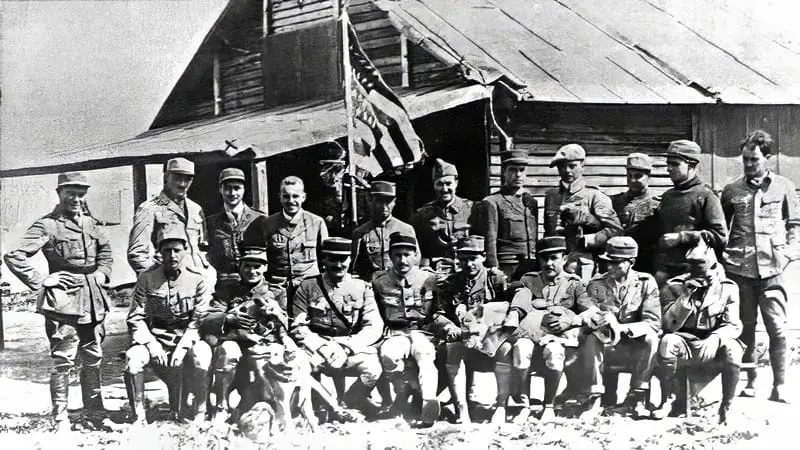
One of the most popular tales associated with military challenge coins involves a lieutenant from the U.S. Army Air Service during World War I.
According to legend, the lieutenant had coins made of bronze for every member of his squad. Depending on who tells the story, either the lieutenant himself or one of his squad members was shot down and forced to land in hostile German territory. Although the Germans stripped him of all identifications, he still carried his coin in a leather pouch he wore around his neck.
During an attack by Allied forces, the American flyer was able to escape. Once he did so, however, he was once again apprehended, this time by French soldiers who suspected him of being a German spy. Believing him to be a saboteur sent by the Germans, the French soldiers prepared to execute him.
With no other means to prove his identity, the pilot remembered the coin and showed it to the French officers to prove he was an ally, not an enemy. The coin was struck with the American's unit and other identifying United States military insignia.
One of the French officers recognized the marks on the coin and left to verify his identity. Instead of executing the American, the French shared a bottle of wine with him and saw that he was transported safely back to his unit.
The simple commemorative coin saved his life. Once other members of the squadron heard the story, they began carrying their own coins at all times. Over time, the practice spread to other units and other military branches as well. Eventually, the "challenge" part arrived to ensure members were always carrying their coins with them.
But Wait – Recognition Coins are Much Older
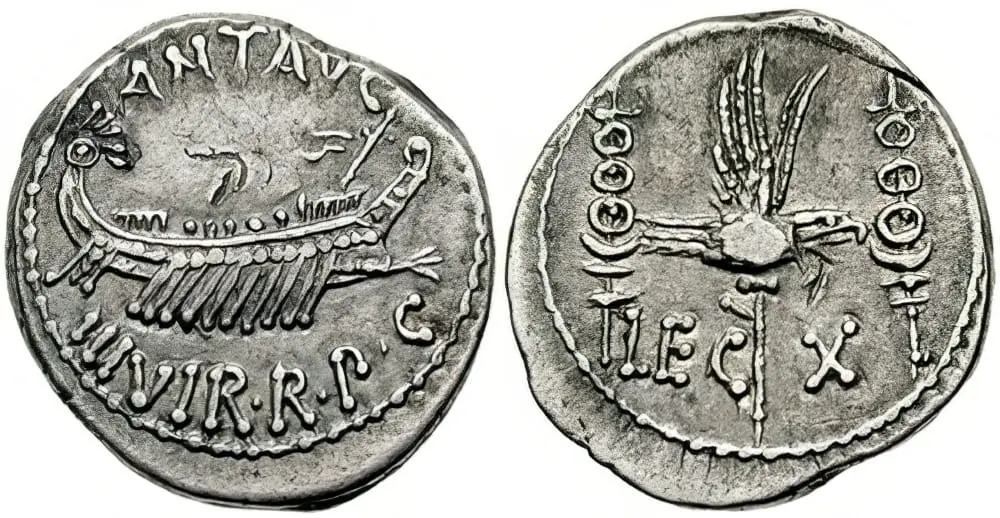
The concept of challenge coins dates back to ancient Rome. Roman legionnaires, after battles, received their pay, and those who performed exceptionally well were given an extra coin marked with their legion's insignia. While this story, like most surrounding challenge coins, cannot be documented, coins from specific legions have been discovered.
The Italian Connection
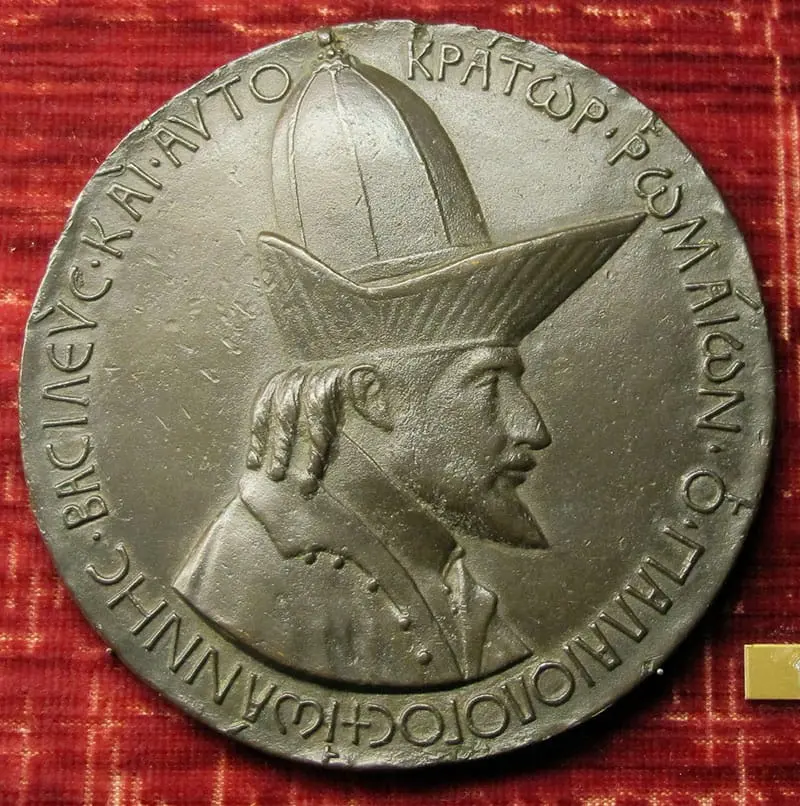
Before the challenge coin, there was the portrait medal, also known as the Renaissance Medal , a 15th-century painter named Pisanello created a commemorative medal of Byzantine emperor John VIII Palaeologus, marking the first known Renaissance portrait medal. It proved popular and earned Pisanello commissions from wealthy patrons for over a decade, inspiring other artists to follow suit.
Some of these medals which survive today are the only known portraits of their subjects.
Indian Peace Medals
In the 18th century, another precursor to the challenge coin, the Indian peace medal , was introduced. These medals were presented by British, French, and Spanish colonists to Native American tribes as a symbol of cooperation and trade alliances.
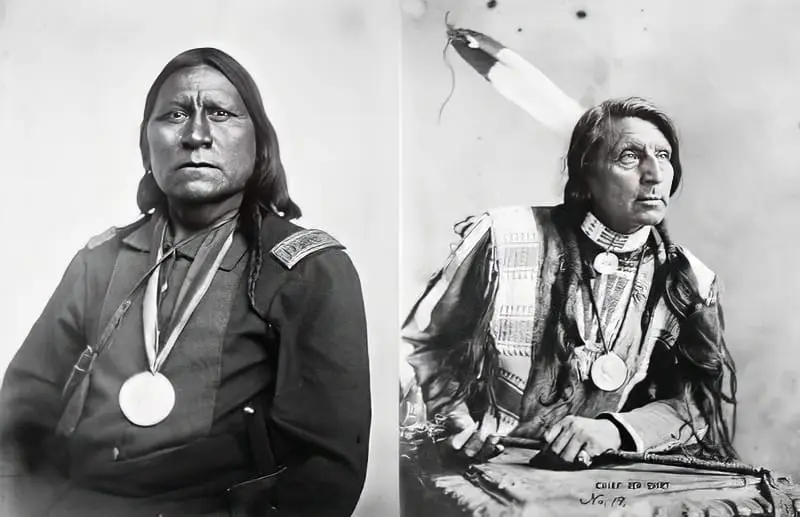
Government officials often presented the silver or brass medals following negotiations or a formal treaty.
Beginning with Thomas Jefferson, peace medals bore the image of the U.S. president rather than European or tribal figures. These presidential medals were the standard for nearly 90 years, ending with the presidency of Benjamin Harrison in 1889.
One famous peace medal bearing the likeness of Abraham Lincoln allegedly saved its owner from being fatally shot . The bullet fired at his chest struck the medal he was wearing, preventing any serious injury. The coin's owner reportedly later sold it – because he was disappointed it did not bring him the good fortune of not being shot in the first place.
Not all Native Americans were fans of the medals, however. Chief Black Hawk of the Sauk tribe reportedly accepted such coins only from British officials, never from the United States, because he did not trust the Americans to keep their word.
Coins for Identification
Another popular challenge coin origin story involves the Army's 10th Special Forces Group. The covert "unconventional warfare" unit, activated in 1952, consisted of small teams designed to operate behind enemy lines during warfare, training insurgents within the nation in question.
The creation of the unit followed the 1950 passing of the Lodge Act, which allowed foreign nationals to serve in the U.S. military . In exchange for five years of service, they had an opportunity to become U.S. citizens. The unit reportedly was able to use coins to identify group members, even when they had limited language skills.
Post World War II – The Challenge Begins
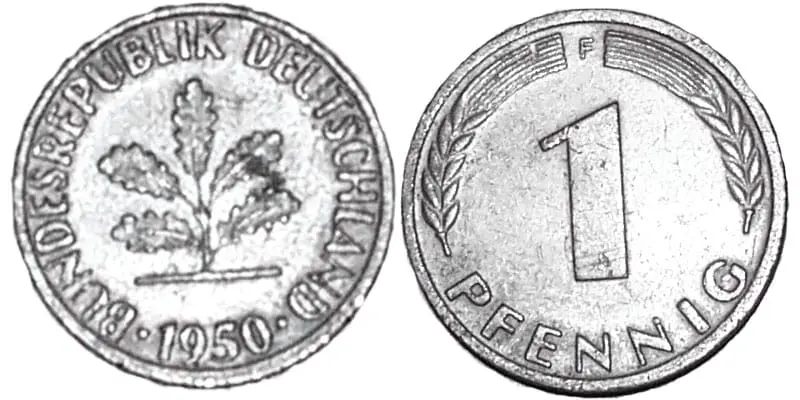
World War II spawned a challenge coin origin theory based on occupying troops in post-war Germany. When at a bar, a soldier could demand a " pfennig check ".
At the time, the pfennig was the lowest denomination German coin, worth a fraction of a U.S. penny. Since most U.S. soldiers did not bother with them, anyone who was carrying one was known to be seriously broke. So when a soldier called for a pfennig check, anyone who did not have one was assumed to have enough cash to buy the next round.
Vietnam Era
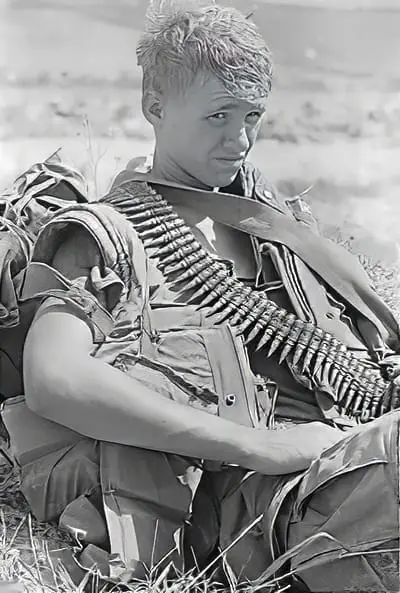
Another story claims that challenge coins date to the Vietnam War. According to some, the tradition started with so-called " bullet clubs ." Infantrymen all carried a single bullet, which was supposed to be used, if worst came to worst, to prevent capture by enemy forces.
When entering a bar, another could challenge a soldier to produce his bullet. If he did, he drank free. If he couldn't, he bought drinks for others.
Problems began with an "arms race" of sorts. Soldiers increasingly brought larger caliber bullets and even, in some cases, grenades and artillery shells. Because higher-ups saw the danger of these fully armed devices, personalized coins became an acceptable substitute.
Challenge Coins Become A Long-Honored Tradition
Regardless of the veracity of these stories, they all underscore the significance of military challenge coins and how they became an essential part of military tradition and culture. These small tokens of appreciation have quickly become a symbol of pride and service, a constant reminder of the sacrifices made by military members.
Commander's Coins: A Special Honor
Often, military leaders choose to honor enlisted personnel for a job well done, especially those that go above and beyond the call of duty. For those occasions, they present what is known as " commander's coins ." These coins, because of their rarity and special honor, quickly become cherished mementos of any military career.
Cpl. Stephen M. Roberts, for example, received a commander's coin from his battalion commander in 2002. Roberts saw six unidentified men exit a vehicle and head toward the perimeter of the Kandahār airport in Afghanistan. He promptly alerted radio operators, who sent out a patrol. Although the men escaped, Roberts' quick reaction prevented them from being able to carry out their mission.
The First Salute
Another popular tradition is the first salute coin . A newly commissioned officer gives one of their personal coins to the first person who salutes them. Tradition dictates that the coin buys the first salute. All subsequent ones must be earned.
Presidential Challenge Coins
The most exclusive challenge coin a member of the military can receive comes directly from the Commander in Chief. Since President Bill Clinton introduced the tradition in the 1990s, every president has had their own unique challenge coins to present to military members and others at their discretion.
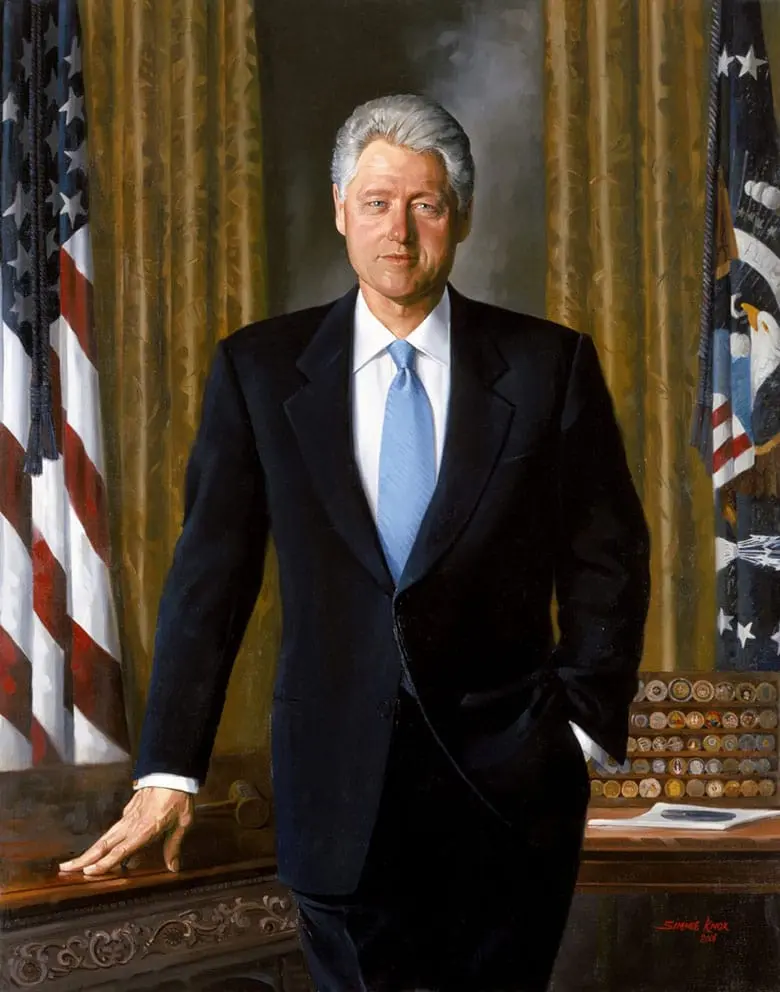
Some presidents, such as George W. Bush, have presented the presidential challenge coins sparingly. Others, including Barack Obama, have been more generous. Either way, receiving a presidential coin remains a rare honor. Learn more about US presidents challenge coins in this article.
The Presentation – A Secret Handshake
Custom holds that challenge coins, especially presidential coins, are passed from the giver to the recipient via a " secret handshake ." The donor palms the coin, then shakes the hand of the recipient, passing along the coin as they do so. The exchange is so fast and low-key that observers typically do not even know it has occurred.
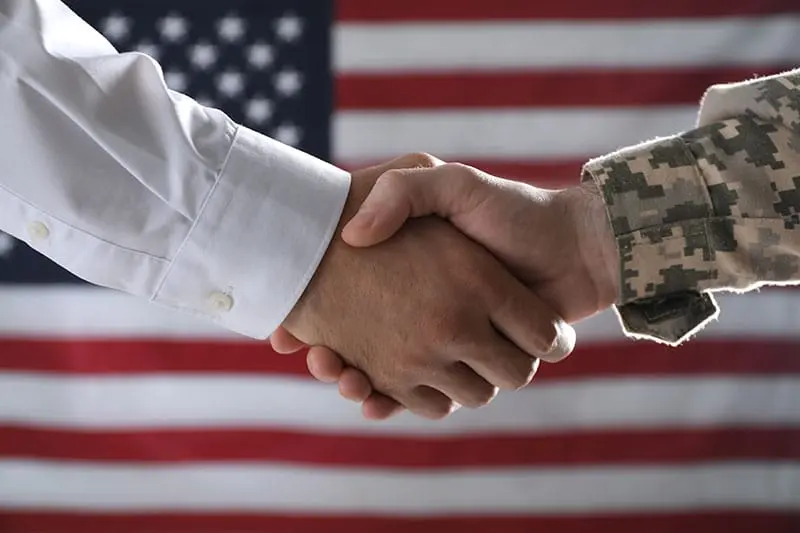
While there is no documentation to back it up, the most common theory of how such an exchange began dates to the Second Anglo-Boer War (a/k/a the South African War) between Great Britain and two South African republics between 1899 and 1902.
According to legend, British officers and troops often received awards for which irregular troops not part of the formal British forces were not eligible. Some soldiers stole awards from officers they believed did not deserve them and presented them via a secret handshake to the irregulars.
Rules of the Challenge
A challenge coin is not just a token. It is a symbol of honor and should be treated as such. The rules of a coin challenge can vary from unit to unit, group to group, but there are several common factors. They are:
-
Before a challenge can be issued, everyone who has a coin should know the challenge coin rules.
For example, the challenger must clearly state whether a challenge is for one drink or a round of drinks. It's considered bad form to call a challenge if you have yet to explain the rules.
-
A challenge may be called at any time, anywhere.
For that reason, it's important to carry your challenge coin at all times. (Rules may vary by group regarding how many steps are allowed to retrieve a coin. Some say 1.5 steps, while others allow up to 4.)
-
If the person that has been challenged cannot produce their coin, they must honor the challenge and buy the drinks.
If everyone present does produce their coin, the challenger buys.
-
A coin is a coin.
It is not a belt buckle, a key chain, or anything other than a coin. It may not have holes drilled in it. In the spirit of the WWI pilot coin, however, you may carry the coin in a pouch worn around the neck.
-
Handing your coin to someone else equals giving it to them.
Do not do so. Instead, place it on the table if they want to examine it.
-
There are no exceptions to the rules.
They apply anytime, anywhere, whether you are clothed or naked, so it pays to think ahead.
Beyond the Battlefield: Challenge Coins in Civilian Contexts
The allure and significance of challenge coins are not confined to military barracks and war zones. These tokens of honor have found their way into civilian life, serving as symbols of unity, achievement, and shared values in various sectors. Let's delve into this fascinating crossover.
A Symbol of Unity Across Sectors
Challenge coins have transcended their military origins to become a universal symbol of unity and shared purpose. Whether it's a corporate team, a non-profit organization, or a local community group, these coins represent collective identity and goals.
Case Study: Challenge Coins in Fire Departments
Firefighters, much like soldiers, operate in high-risk environments and share a strong sense of camaraderie. Many fire departments have adopted the use of challenge coins to honor acts of bravery, long service, or exceptional performance. These coins often feature fire-related symbols like flames, axes, and helmets, encapsulating the essence of the profession.
The Corporate World Embraces Challenge Coins
In the corporate sphere, challenge coins have become a unique tool for team-building and employee recognition. Companies often design coins featuring their logo, mission statement, or core values. These are awarded to employees for reaching milestones, achieving targets, or exemplifying company values, thereby fostering a culture of excellence and unity.
Non-Profits and the Symbol of Shared Mission
For non-profit organizations, challenge coins serve as both a fundraising tool and a symbol of the shared mission. Whether it's a coin designed to raise awareness for a specific cause or to honor volunteers, these tokens encapsulate the spirit of altruism and community service that is the cornerstone of non-profit work.
We put the money raised from the sale of our coins into a special account that would be used to fight legislation that would try to limit or prevent trapping
A Distinguished Heritage
As we have seen, custom challenge coins have earned their place in modern military life, not just in the United States but also in other nations like Canada, Australia, and the United Kingdom.
The global adoption of challenge coins is a testament to their universal appeal and the values they represent. They have become a common language of honor, respect, and camaraderie among military personnel worldwide.
As a company with a 20-year history of producing challenge coins, we are proud to be a part of this distinguished heritage. We have had the privilege of creating custom coins for numerous military units and organizations, each one a testament to the bravery, dedication, and service of its members. Whether you're looking to honor a specific achievement, commemorate a special event, or simply foster a stronger sense of unity within your unit, we're here to help you create the perfect challenge coin. Reach out to us today to learn more.